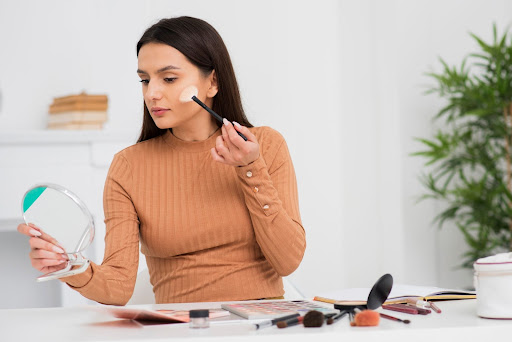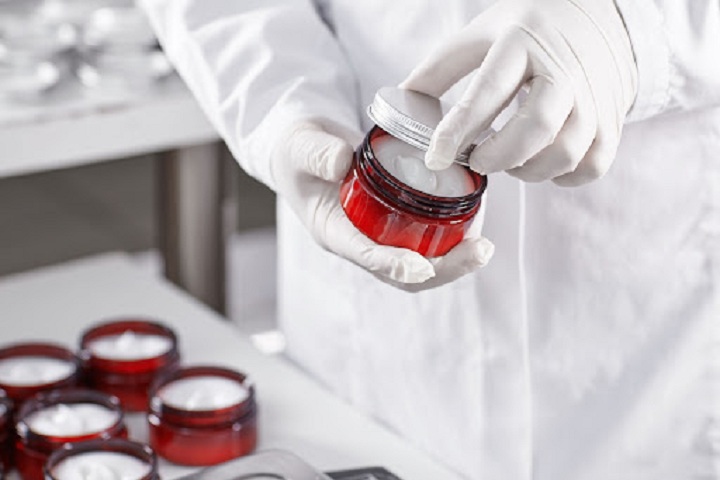Cosmetic products are personal care products that are used to improve or enhance the appearance or smell of the body. They can include skin care, hair care, makeup, and fragrance products, among others. Before being introduced to the market, cosmetic products must undergo several types of testing to ensure their safety and efficacy. In this article, we will discuss the different types of testing required for cosmetic products, their purpose, and the regulations that govern them.
Cosmetic product testing is the process of evaluating the safety, efficacy, and performance of cosmetic products before they are released to the market. This testing is typically done to ensure that the product is safe for human use, and to identify any potential side effects or allergic reactions that may occur.
Safety Testing:
The security of cosmetic items is crucial. Cosmetic safety testing is conducted to ensure that the products do not cause harm to the consumer. The safety of cosmetic products is evaluated by testing the ingredients and the finished product. The safety tests include:
a. Toxicology Testing:
Toxicology testing involves evaluating the safety of the ingredients used in cosmetic products. This testing assesses whether the ingredients used in a product are harmful to human health or not.
b. Skin Irritation Testing:
Skin irritation testing is done to assess whether the cosmetic product causes skin irritation or not. The test is conducted by applying the product to the skin of human volunteers and observing the skin’s reaction.
c. Eye Irritation Testing:
Eye irritation testing is done to assess whether the cosmetic product causes eye irritation or not. The test is conducted by applying the product to the eyes of human volunteers and observing the eye’s reaction.
d. Sensitization Testing:
Sensitization testing is done to assess whether the cosmetic product causes an allergic reaction or not. The test is conducted by applying the product to the skin of human volunteers who are prone to allergies.
Microbiological Testing:

Microbiological testing is conducted to ensure that the cosmetic product is free from harmful microorganisms. This testing involves testing the finished product and the raw materials used in the product. The microbiological tests include:
a. Total Aerobic Microbial Count:
Total aerobic microbial count is done to assess the total number of bacteria present in the cosmetic product.
b. Total Yeast and Mold Count:
Total yeast and mold count is done to assess the total number of yeast and mold present in the cosmetic product.
c. Preservative Efficacy Testing:
Preservative efficacy testing is done to assess the effectiveness of the preservatives used in the cosmetic product. This testing ensures that the preservatives used in the product are effective in controlling the growth of microorganisms.
Stability Testing:
Stability testing is conducted to ensure that the cosmetic product remains stable and does not deteriorate during storage or use. This testing includes:
a. Accelerated Stability Testing:
Accelerated stability testing is done to assess the stability of the cosmetic product under extreme conditions such as high temperature and humidity.
b. Real-Time Stability Testing:
Real-time stability testing is done to assess the stability of the cosmetic product under normal storage conditions.
Efficacy Testing:
Efficacy testing is conducted to ensure that the cosmetic product performs as claimed by the manufacturer. This testing includes:
a. Clinical Testing:
Clinical testing is done to assess the effectiveness of the cosmetic product. This testing involves applying the product to human volunteers and assessing the results.
b. Consumer Testing:
Consumer testing is done to assess the acceptability of the cosmetic product by the target consumers. This testing involves providing the product to the target consumers and collecting feedback.
Labeling Claims Verification:
Labeling claims verification is done to ensure that the claims made by the manufacturer on the product label are accurate and supported by evidence. This testing includes:
a. Ingredient Verification:
Ingredient verification is done to ensure that the ingredients listed on the product label are accurate and present in the product.
b. Claims Verification:
Claims verification is done to ensure that the claims made on the product label are accurate and supported by evidence.






